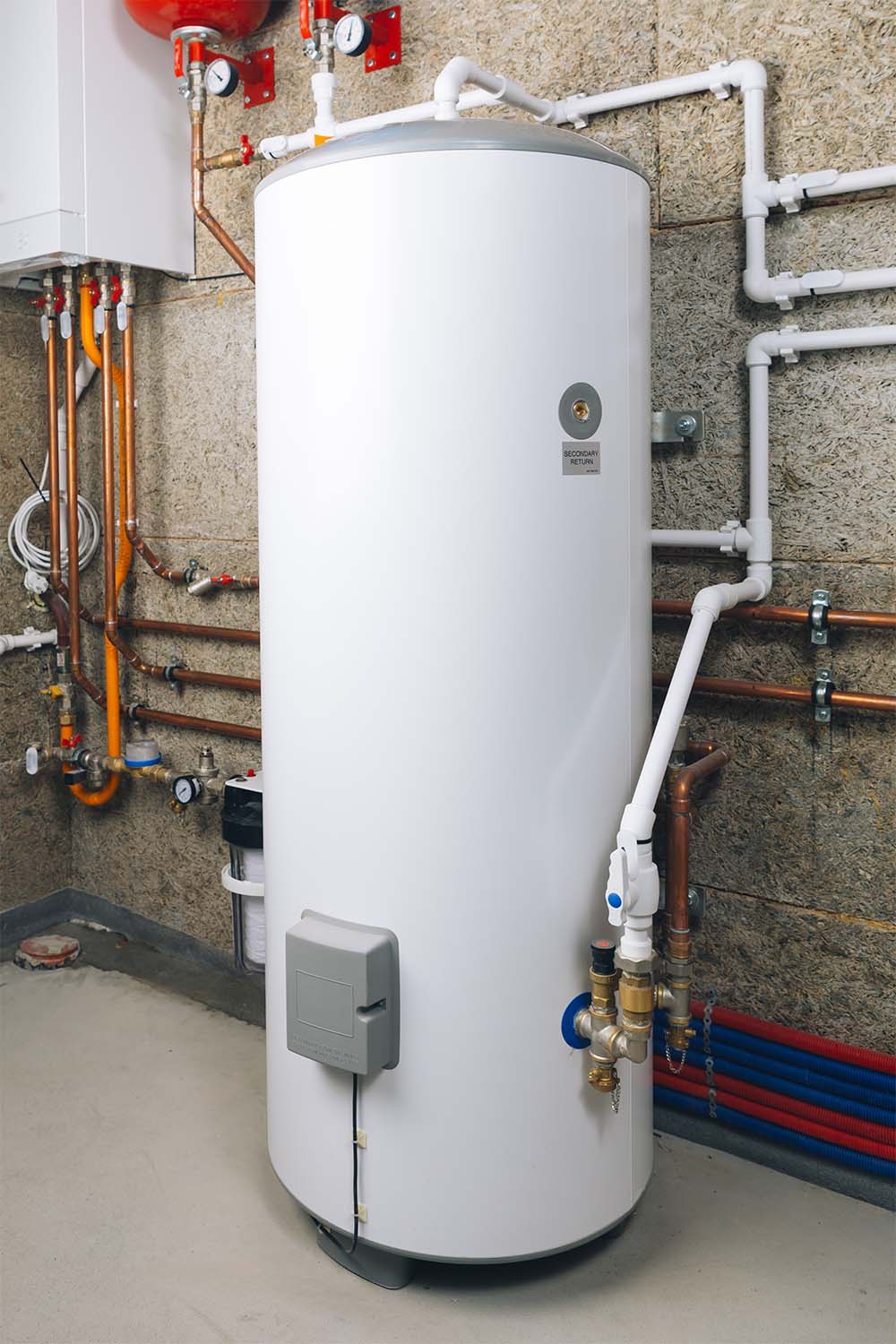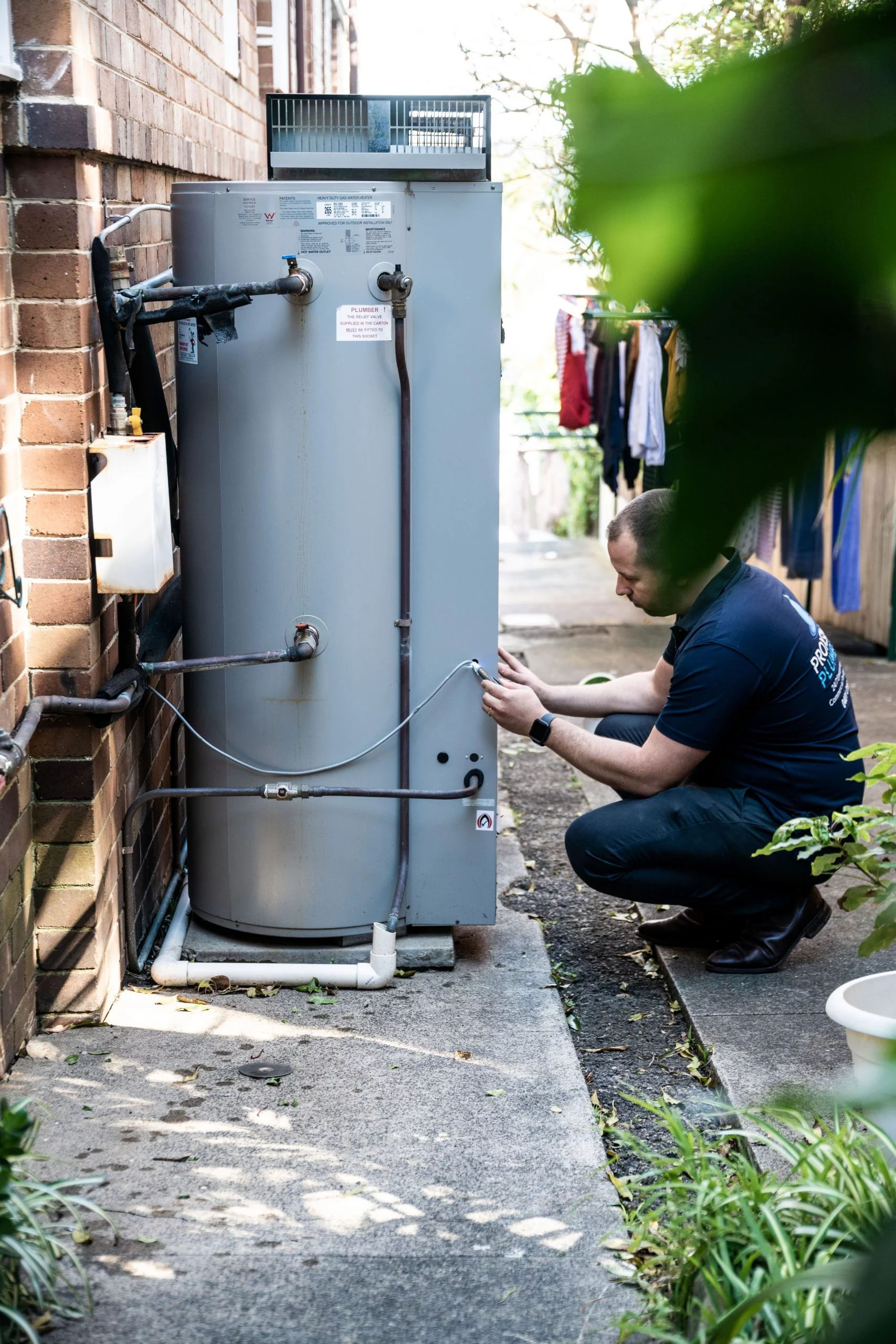Were you on the lookout for insight involving Water Heater Maintenance Tips You Can't Afford to Forget?

Hot water is necessary for daily comfort, whether it's for a revitalizing shower or washing meals. To ensure your hot water system runs successfully and lasts longer, routine upkeep is key. This post gives useful ideas and insights on how to preserve your home's warm water system to avoid interruptions and expensive repair work.
Intro
Keeping your home's hot water system might seem overwhelming, but with a few simple steps, you can ensure it runs efficiently for years to come. This guide covers whatever from understanding your hot water system to DIY maintenance ideas and recognizing when to call in professional help.
Relevance of Preserving Your Warm Water System
Normal maintenance not only prolongs the life-span of your warm water system yet also ensures it operates effectively. Disregarding upkeep can lead to decreased efficiency, higher energy bills, and even premature failure of the system.
Signs Your Warm Water System Demands Upkeep
Recognizing when your warm water system requires focus can protect against significant problems. Watch out for indications such as inconsistent water temperature, unusual noises from the heater, or rusty water.
Purging the Hot Water Heater
Flushing your water heater removes sediment build-up, boosting performance and prolonging its life.
Checking and Changing Anode Rods
Anode poles stop rust inside the storage tank. Examining and replacing them when worn is essential.
Complex Issues Calling For Specialist Assistance
Examples consist of major leakages, electrical problems, or if your water heater is continually underperforming.
Regular Expert Maintenance Perks
Professional upkeep can consist of extensive evaluations, tune-ups, and ensuring conformity with security standards.
Inspecting and Readjusting Temperature Level Settings
Readjusting the temperature settings ensures optimal efficiency and security.
DIY Tips for Upkeep
You can carry out several upkeep tasks yourself to maintain your hot water system in leading condition.
Looking for Leaks
Regularly check pipes and links for leaks, as these can lead to water damages and greater expenses.
Understanding Your Warm Water System
Before diving right into maintenance jobs, it's useful to recognize the fundamental parts of your hot water system. Usually, this includes the hot water heater itself, pipelines, anode rods, and temperature level controls.
Month-to-month Upkeep Tasks
Regular monthly checks can aid catch small issues before they rise.
Evaluating Stress Alleviation Valves
Evaluating the stress relief valve ensures it operates correctly and stops extreme stress buildup.
Protecting Pipelines
Insulating warm water pipelines reduces warmth loss and can save energy.
When to Call a Specialist
While DIY maintenance is valuable, some issues need specialist proficiency.
Final thought
Normal maintenance of your home's hot water system is necessary for performance, longevity, and cost savings. By complying with these ideas and recognizing when to seek professional assistance, you can make sure a reliable supply of warm water without unanticipated disturbances.
How to Maintain an Instant Hot Water Heater
Before tinkering with your hot water heater, make sure that it’s not powered on. You also have to turn off the main circuit breaker and shut off the main gas line to prevent accidents. Also turn off the water valves connected to your unit to prevent water from flowing into and out of the appliance. 2. When you’re done, you have to detach the purge valves’ caps. These look like the letter “T†and are situated on either side of the water valves. Doing so will release any pressure that has accumulated inside the valves while at the same time avoid hot water from shooting out and burning your skin. 3. When the purge valves’ caps are removed, you have to connect your hosing lines to the valves. Your unit should have come with three hoses but if it didn’t, you can purchase these things from any hardware or home repair shops. You can also get them from retail stores that sell water heating systems. Read the user’s manual and follow it to complete this task properly. When the hosing lines are connected, open the purge port’s valves. 4. You should never use harsh chemical cleaners or solutions when cleaning your unit. Make use of white vinegar instead. It should be undiluted and you’ll probably use about 2 gallons. 5. Now flush your water heater. This task should probably take about 40 minutes. We can’t give you specific directions for this because the procedure is carried out depending on the type, model and brand of your heater. With that being said, refer to the user’s manual. 6. When you’re done draining the unit, you have to turn off the purge port valves again. Remove the hosing lines that you earlier installed on each of the water valves. Put the valve caps (purge port) back in their respective places and be very careful so as not to damage the rubber discs that are found inside these caps. 7. Now that everything’s back in place, check your user’s manual again to find out how to reactivate your water heating system. 8. Once it is working, turn one of your hot water faucets on just to let air pass through the heater’s water supply pipes. Leave the tap on until water flows smoothly out of it. https://www.orrplumbing.com/blog/2014/september/how-to-maintain-an-instant-hot-water-heater/

I'm just very interested in What Kind of Maintenance Do Water Heaters Need? and I'm hoping you appreciated the blog posting. Are you aware of somebody else who is fascinated with the subject? Feel free to share it. We value your readership.
Additional Information